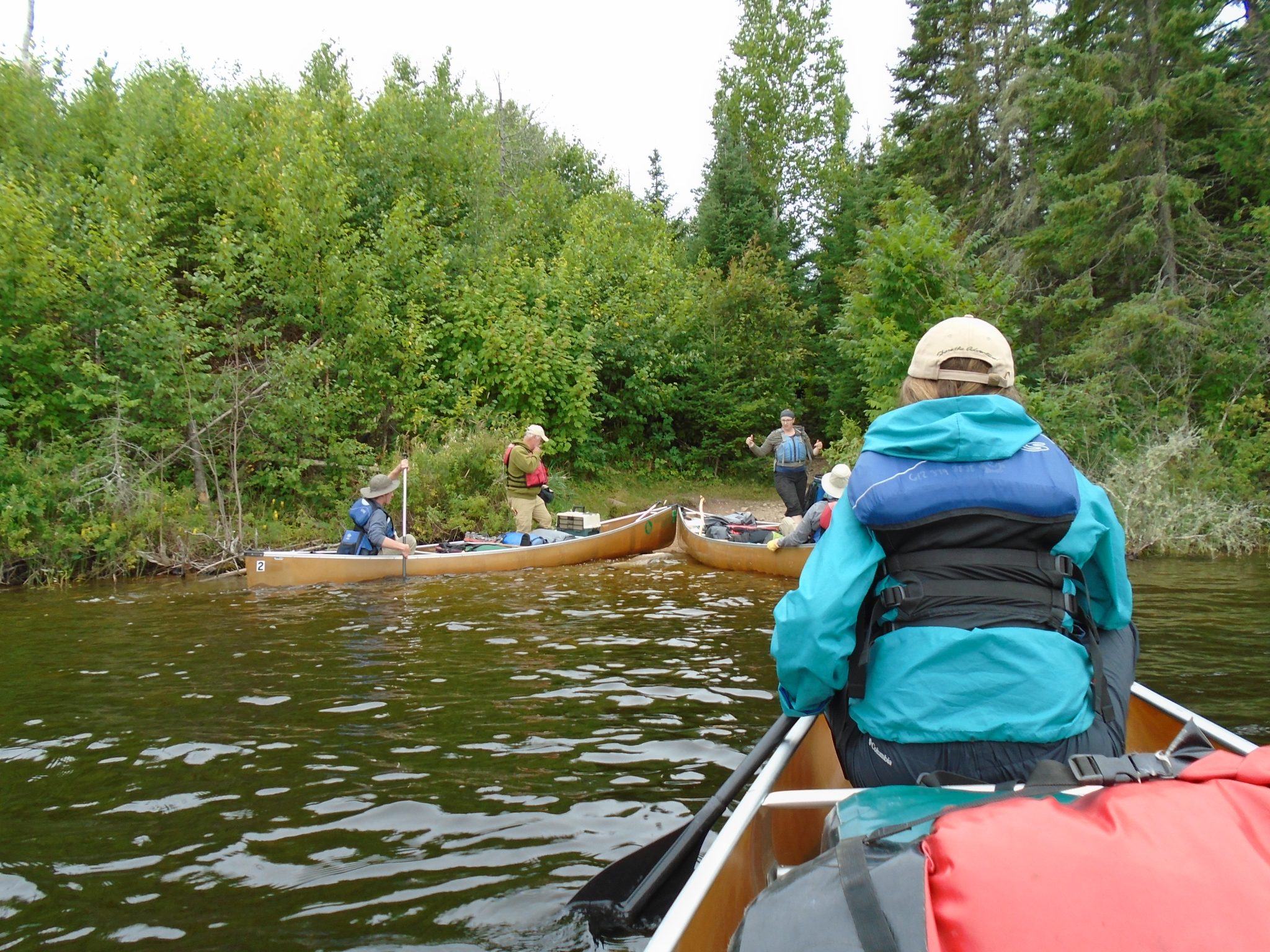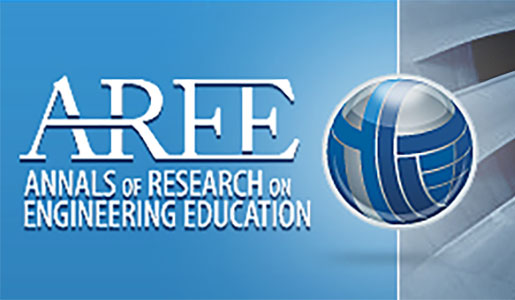Article: Teaching Science with the Social Studies of Science for Equity
This article documents the theoretical basis for a pedagogical strategy designed to reverse the progressive loss of women and some minorities from scientific pursuits. My premise is that those who fall away are estranged by the “cultures of science.” I consider these cultures to be the institutions of science, the interaction of science with the society in which it is embedded, and the internal aspects of how science is constructed and practiced. I suggest that one means to retain members of under-represented groups in science is make the perspectives exposed by socio-cultural studies, the history, philosophy, and sociology of science, and the feminist analysis of science, become part and parcel of science education. Moving from teaching “just the facts” to making the cultures of science explicit within science education and having understanding of these cultures count as science, may be a route to equity. I come to this conclusion as a practicing scientist and as a teacher whose ideas of effective science instruction and appropriate content have changed after teaching “Gender and Science” in a Women’s Studies program and carrying out research in feminist science studies. This strategy does not fit with global priorities in science education, which focus on scientific literacy and putting science to work in the service of national economic advantage. These two outcomes have an underlying sense of equality – – all persons have an interest in a science that does no harm, and all persons should be able to achieve a fulfilling life as a scientist.
Karen Barad’s (2000) analysis shows that powerful national constituencies link “literacy” and “socially responsible science” through the conception that “familiarity with the facts and methods of science is all that is required for socially responsible decision making concerning science- and technology-related issues (p. 227).” “Science for All Americans” (1990) from the American Association for the Advancement of Science offers a set of recommendations outlining the information and ways of thinking that constitute scientific literacy. The prescriptions are described as “a valid expression of the view of the scientific community on what constitutes literacy in science, mathematics and technology (p. x),” rather than an examination of science together with the social factors through which members of society can incorporate science into their lives. Prevailing educational theories conceive of teaching and learning in ways that reinforce “science as it is,” rather than promoting a more holistic and interrogatory view. Lave and Wenger’s (1991) “legitimate peripheral participation in communities of practice,” an apprenticeship model in which the learner gradually internalizes the paradigms of a discipline, resonates completely with the AAAS recommendations, since many of their prescriptions involve students’ learning to “think like scientists.”
Discovery or inquiry methods, which mimic scientific practice, will not implicitly lead students to a sophisticated appreciation of how science is produced. Science instructors, especially at the university level, are themselves scientists and have no sense of how their fields appear to others. Externalist perspectives, such as those exposed by the social studies of science make evident aspects of the enterprise and its culture that are not obvious to those who are imbedded in its practice. Among these is the observation that science is not gender-neutral or value-free. If only scientists teach science, its methods will almost certainly be presented as objective and immutable, not open for discussion or critique. Since their pedagogy re-inscribes androcentric epistemology and institutions, women feel estranged during science and engineering education (Seymour and Hewitt, 1997). Explicating invisible scientific norms, attitudes, institutions, and practices may be the necessary first step to help female students persist in an environment in which they are, to a large extent, “other.” The most powerful change would be to use scientific content as a basis for explicating the social construction of science and the androcentrism which has been part and parcel of science since the Scientific Revolution.
In 2003 and 2004, my colleague Jill Sible and I taught a sophomore Cell and Molecular Biology course at Virginia Tech that integrated the social studies of science into disciplinary content. We introduced insights into the invisible norms, attitudes, and practices of science and the strengths and weaknesses of current theory, tools, analytical techniques, and disciplinary-specific modes of knowledge production. Such linkages can enhance science education by emphasizing that science is a social activity shaped by history, institutions, beliefs, and values. They add an additional dimension to literacy and give depth and life to the study of science for all students, whether they become professional scientists or not.
Here is an example of increased student sophistication, both about molecular biology itself and about the social aspects of science excerpted from writings at the beginning and end of the course.
Before”>Experiments in molecular cell biology involve techniques and treatments at a variety of levels…the subject matter covers all forms of organic life and the questions asked could cover topics from the very specific to the somewhat broad…. The results will be acceptable if the methods are clear, concise and well-documented.
After: An experiment in cell and molecular biology is really an experiment not only in the biological science of the cell, but also in the political science of the research area. Through this semester I have had an eye opening to the politics behind the research and how this drives every part of the scientific experiment itself. A scientist is not only at the mercy of his own background and knowledge, or even equipment, but truly at the mercy of his peers and more importantly the political correctness of his perceived research motivation. Including the social studies of science can be a positive step towards explicating the internal culture of science and promoting the inclusion of those whose race, gender or social status are “other” when compared to the traditional practitioners of science. These tools may give students a perspective by which by which to recognize, understand, and overcome their estrangement. They may then develop means for persisting in the status quo or strategies for change, either resulting in increased gender and racial equity in science.
This work was supported by award HRD0003-32843 from the National Science Foundation.
American Association for the Advancement of Science. (1990). Science for All Americans. New York: Oxford University Press.
Barad, K. (2000). “Reconceiving Scientific Literacy As Agential Realism.” In Reid, R. and Traweek, S. (Eds.), Doing Science + Culture. New York: Routledge. pp. 221-258.
Lave, J. & E. Wegner. (1991). Situated Learning: Legitimate Peripheral Participation. Cambridge UK: Cambridge University Press.
Seymour, E. and N. M. Hewitt. (1997). Talking About Leaving. Boulder CO: Westview Press.
Author 1: Muriel Lederman [email protected]

